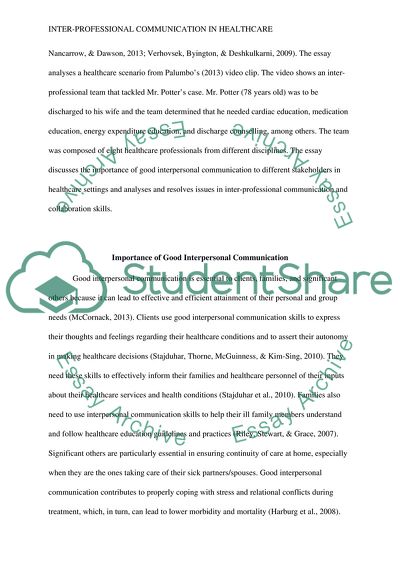Cite this document
(Inter-professional Communication and Collaboration in Healthcare Assignment, n.d.)
Inter-professional Communication and Collaboration in Healthcare Assignment. Retrieved from https://studentshare.org/human-resources/1878194-major-written-assignment
Inter-professional Communication and Collaboration in Healthcare Assignment. Retrieved from https://studentshare.org/human-resources/1878194-major-written-assignment
(Inter-Professional Communication and Collaboration in Healthcare Assignment)
Inter-Professional Communication and Collaboration in Healthcare Assignment. https://studentshare.org/human-resources/1878194-major-written-assignment.
Inter-Professional Communication and Collaboration in Healthcare Assignment. https://studentshare.org/human-resources/1878194-major-written-assignment.
“Inter-Professional Communication and Collaboration in Healthcare Assignment”, n.d. https://studentshare.org/human-resources/1878194-major-written-assignment.


